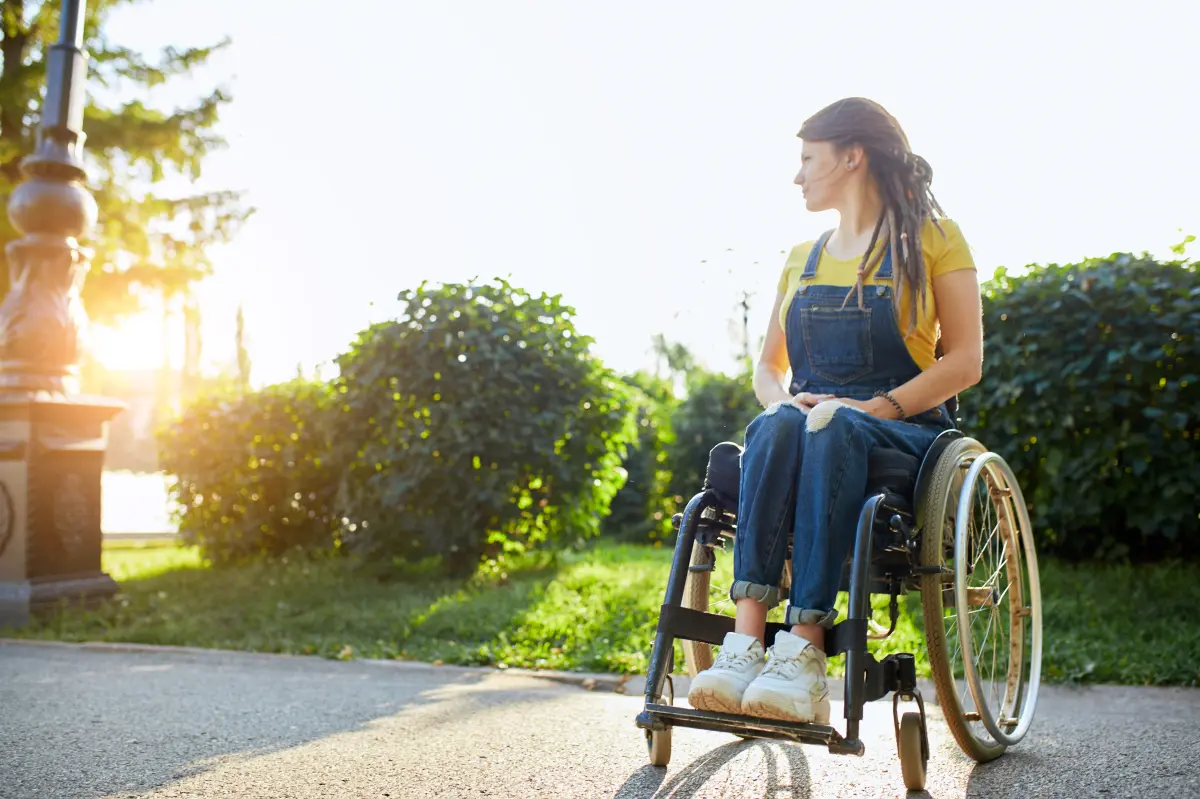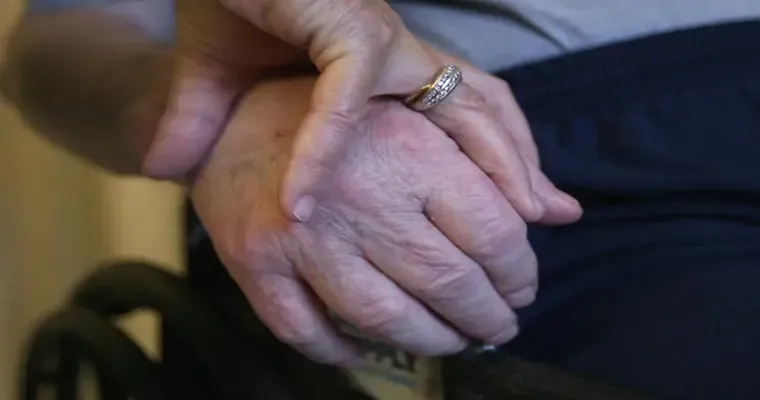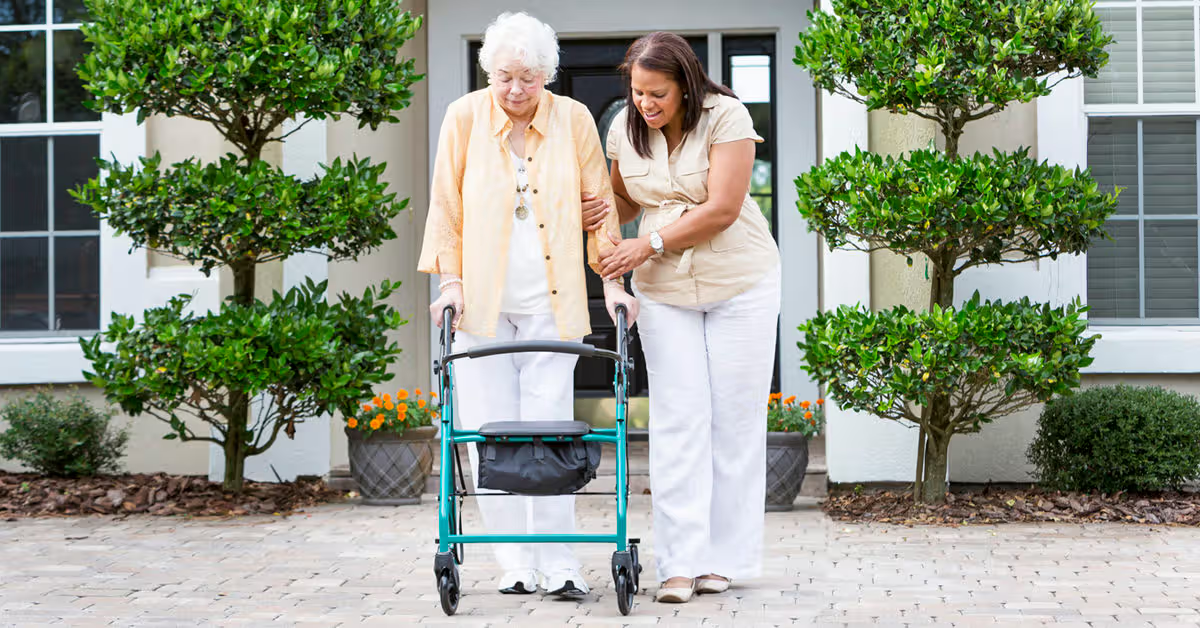Caring for an "87-year-old mom" who "lives alone" can be challenging, especially when she refuses to use a "rollator" at home. With limited "sight in one eye" and currently receiving "20 hours a week of home aide" support, it is crucial to address her mobility concerns while ensuring her safety and independence. This article explores strategies to encourage her to use mobility aids and improve her quality of life.
Understanding Resistance to Mobility Aids
Many seniors resist using mobility aids like rollators for various reasons. Your mom may feel embarrassed about needing assistance or believe that using a rollator signifies a loss of independence. Additionally, her limited "vision" may contribute to her reluctance, as she might be apprehensive about navigating her home with a mobility aid.

Importance of Safety and Independence
Encouraging your mom to use a rollator is essential for her safety. Falls are a leading cause of injury among seniors, and with her living alone, the risk is even higher. A rollator can provide the necessary support to help her move around safely while maintaining her "independence". It is essential to emphasize that using a rollator does not mean she is giving up her autonomy; rather, it is a tool to help her remain active and safe.
Tips to Encourage Rollator Use
1. Education and Communication: Have an open conversation with your mom about the benefits of using a rollator. Explain how it can help her move around her home more easily and safely. Share stories of other seniors who have benefited from using mobility aids.
2. Personalization: Choose a rollator that suits her preferences and needs. Consider factors such as color, style, and features like a seat or storage basket. Personalizing the rollator can make her feel more comfortable using it.
3. Gradual Introduction: Start by encouraging her to use the rollator for short distances within the home, such as moving from the living room to the kitchen. Gradual exposure can help her build confidence and familiarity with the device.
4. Incorporate Physical Therapy: If possible, involve a physical therapist who can provide tailored exercises to improve her strength and balance. A professional can also demonstrate how to use the rollator correctly, ensuring she feels secure and capable.
5. Positive Reinforcement: Celebrate small victories as she begins to use the rollator. Positive reinforcement can boost her confidence and encourage her to continue using the mobility aid.
6. Home Modifications: Consider making modifications to her home to enhance safety and accessibility. This could include removing clutter, securing rugs, or adding grab bars in critical areas such as the bathroom.
Involve the Home Aide
Since your mom currently has a "home aide", involve them in the process. They can provide daily reminders and encouragement for her to use the rollator. The aide can also assist her in practicing with the rollator, ensuring she feels comfortable and safe.
Conclusion
Navigating the challenges of caring for an "87-year-old mom" who refuses to use a "rollator" at home requires patience and understanding. By employing effective strategies and involving professionals, you can encourage her to embrace mobility aids that enhance her safety and quality of life. Remember, the goal is to support her independence while ensuring she remains safe in her home.






